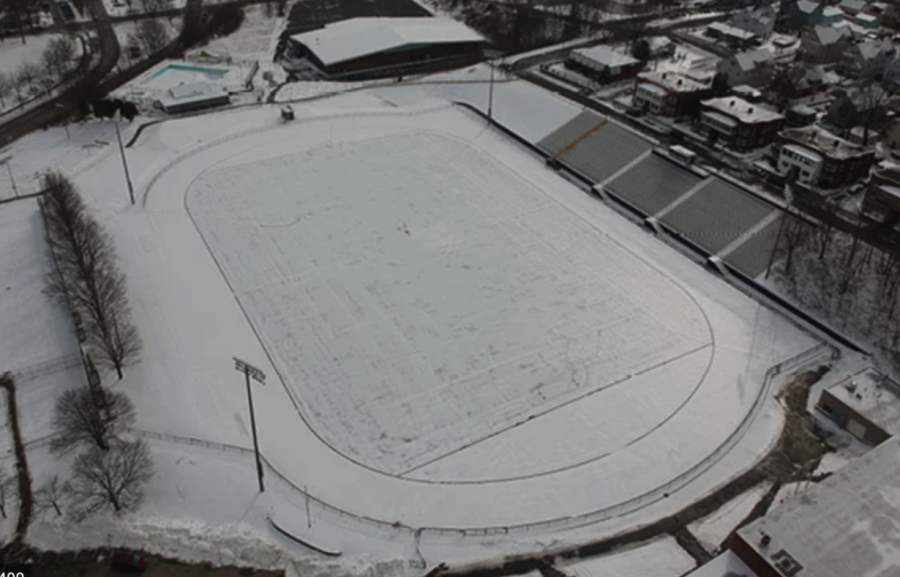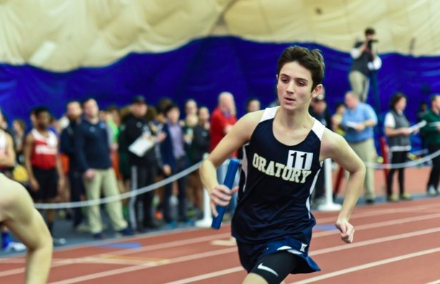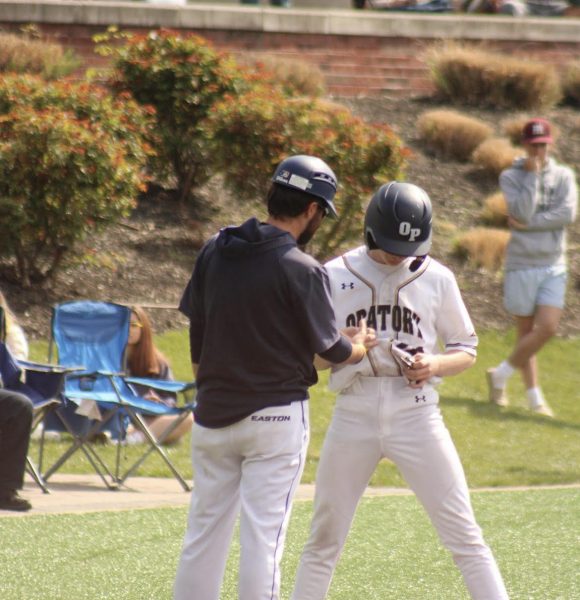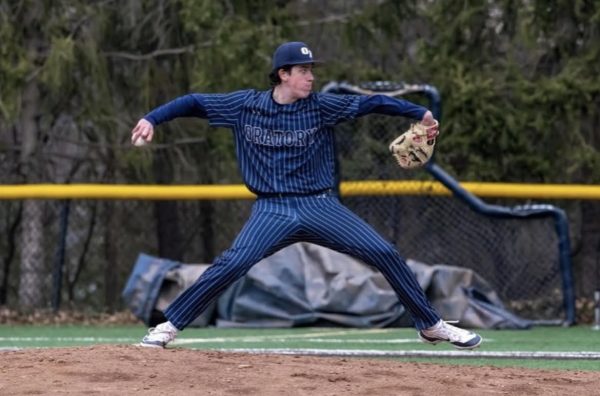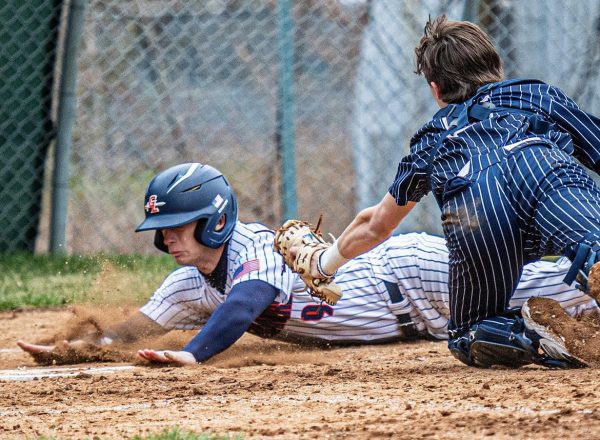Polar Meets: The New Face of Indoor Track?
December 3, 2020
With every winter sport in New Jersey being affected by Coronavirus cautions, multiple options on how to differently proceed with them have been explored. With the current climate of Coronavirus, it simp ly is not practical for Indoor Track to proceed as normal. Meets are cramped with teams of over 20 athletes from dozens of school, and runners in certain events run right next to each other, sometimes with over 16 people scattered across six lanes. I personally cannot think of a more covid-prone place than an Indoor Track meet.
What is the solution, if there is one? Coach Seebode, Oratory’s Indoor Track Coach, has discussed the possibility of “polar meets” this season. These were something that were commonplace in his high school days, and they were done then solely for the sake of getting more races in, not because they had to. A polar meet is an indoor track meet that happens outdoors. They are usually limited to a maximum of three teams, and happen in an efficient and timely manner, to prevent anyone from freezing in the cold for too long. These meets have some very defining benefits to them. One is flexibility. Since they are not officiated by the NJSIAA, it is simple for coaches to just communicate with one another and change a date, if something like bad weather were to occur. Also, these meets have the undeniable benefit of running on an outdoor track, which has fresher air, less turns, and more space, making these meets preferable to athletes just as much as they are to coaches. The final, and most relevant benefit of them today is that they can provide an abundance of safety, to avoid exposure of one school’s athletes to another. This can allow for an abundance of meets to occur, because they can be conducted safely.
This concept for meets is not without its negatives, however. The first and most obvious one is the temperature. Winters get cold, and running in sub freezing weather at race pace is not ideal. Temperature can not only cause discomfort, but it can impact performance as well. Warming up in the cold weather can not be as thorough, and while this may not be too detrimental for distance runners using slow twitch muscles, the sprinters accelerating at maximum speed are more prone to injury.
Though this style of track meet certainly has its negatives, it is a great idea and one that I personally think should be employed to ensure 2020 of a winter track season. This has been a year of modifying things to best adapt to the surrounding climate, and Indoor Track should not be an exception for this.
